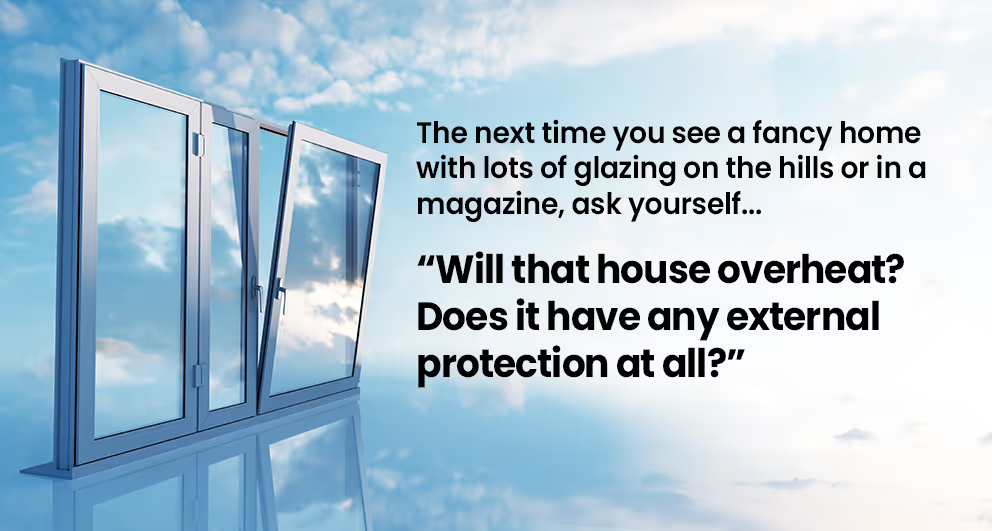... A DESIGNER'S PESPECTIVE

Bob Burnett: BOB BURNETT ARCHITECTURE & SUPERHOME MOVEMENT CO-FOUNDER
What’s in a Window?
Many people request double glazing without considering the full picture. For windows to perform at their best, several factors must be addressed. Frames need to be thermally broken or made from non-conductive materials and recessed into the warm part of the wall. High-performance insulated glazing units with Low E glass, argon gas, and correctly designed thermal spacers are essential. The quality of the window joinery seal is also crucial, which is why tilt and turn European-style windows often outperform other types.
Before even looking at technical specifications, the design should start with correct orientation, size, and proportions. Large north- or west-facing windows require shading, such as deep eaves, louvres, or external blinds, to protect the home from harsh sunlight. Simply drawing curtains or internal blinds will not stop the sun from heating the glass.
Other considerations include important views, the feel of the space, quality of light, cross ventilation, and privacy where needed. Achieving the right balance of all these elements is a complex task, and this is where the expertise of a skilled designer becomes invaluable.
So always ask yourself;
Are these windows recessed?
Are these window frames thermally-broken/non-conductive?
Do these windows have adequate shading?
Are they airtight and with the right glass?
Are all the design objectives achieved?
The next time you see a fancy home with lots of glazing on the hills or in a magazine, ask yourself, “Will that house overheat? Does it have any external protection at all?”


Superhome Design Guide © 2025